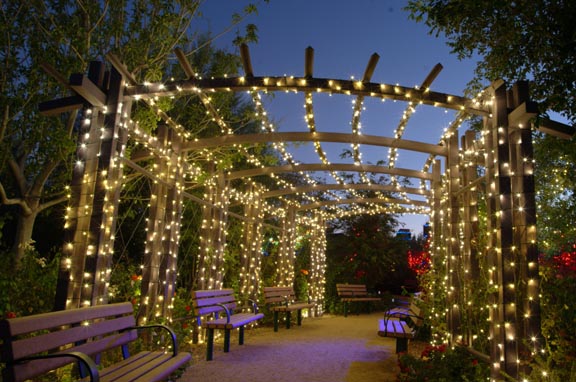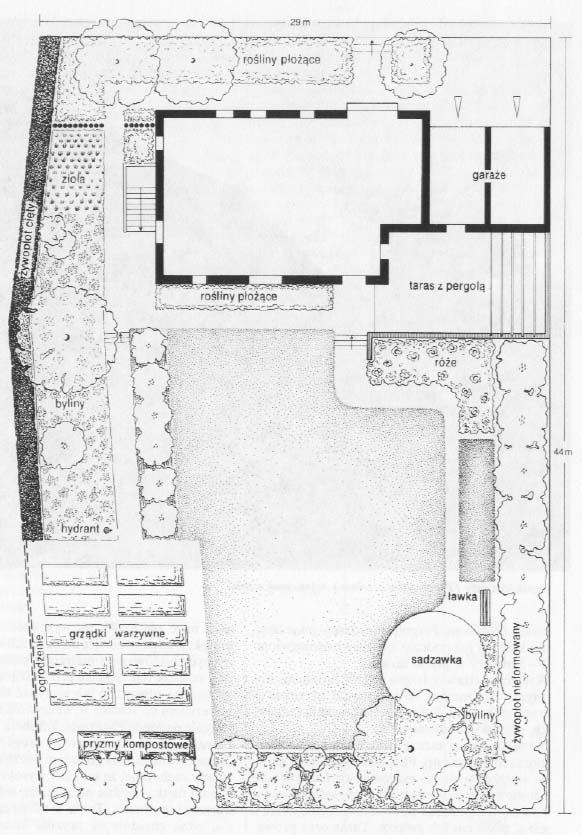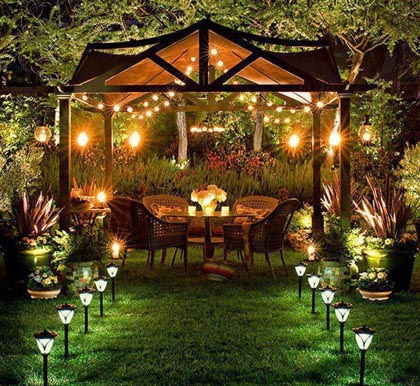
Rajski ogród był nie tylko marzeniem wielu ludzi w starożytności oraz tematem licznych mitów i legend, a także opisów Pisma Świętego; on po prostu istniał w ogrodach świątyń egipskich nad brzegami Nilu. w dorzeczu Eufratu i Tygrysu, w Babilonie. Początki kultury ogrodniczej sięgają w Egipcie czasów Starego Państwa, okresu budowy Wielkich Piramid (około 2500 lat p.n.e.).
Już wówczas mistrzowscy geodeci zakładali wspaniałe ogrody, małe stawy, wytyczali drogi i kanały wodne. Egipskie ogrody zdobiły winorośle. palmy, często opiewana przez poetów sykomora (Ficus sycomorus) oraz wiele innych roślin.
Kiedy w lecie słońce prażyło niemiłosiernie i cały kraj zdawał się dusić w żarze upału i piaskach pustyni, podnosiły się wody Nilu i zalewały spragnione ogrody i pola potężnymi falami wody. Gdy po kilku miesiącach Nil opadał, cofające się wody pozostawiały żyzny muł pod nowe siewy i zbiory. Z okresu Średniego Państwa (2000—1700 p.n.e.) zachowały się znakomite malowidła przedstawiające prace w ogrodzie warzywnym. Do historii kultury weszła również wiązanka kwiatów włożona młodemu faraonowi Tutcnchamonow i do złotej trumny 1350 lat p.n.e. — w XX wieku kwiaty te ponownie ujrzały światło dzienne. Aby wiecznie śnie kwitnące ogrody i radować się nimi także w zaświatach, Egipcjanie utrwalali ich wizję w jaskrawych barwach na ścianach grobowców.









